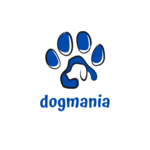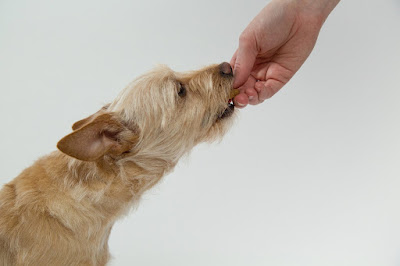Step Guide: Safely Transition Your Dog to a Raw Food Diet in 2024
As more pet owners become aware of the potential benefits of raw food diets for their furry companions, the interest in transitioning dogs to such diets is on the rise. However, making the switch from conventional pet food to raw food requires careful consideration and planning to ensure the health and well-being of your canine friend. In this comprehensive guide, we will walk you through the step-by-step process of safely transitioning your dog to a raw food diet.
1. Research and Consultation:
Before embarking on any dietary changes for your dog, it's crucial to conduct thorough research. Learn about the principles of raw feeding, the nutritional needs of dogs, and the potential benefits and risks associated with raw food diets. Additionally, consult with your veterinarian or a canine nutritionist to get professional advice tailored to your dog's specific needs and health status.
2. Understanding Raw Food:
Raw food diets typically consist of raw meat, bones, organs, and some vegetables and fruits. It's important to understand the nutritional requirements of dogs and ensure that their diet is balanced and complete. Aim for variety in proteins and include supplements if necessary to meet all nutritional needs.
3. Gradual Transition:
Abrupt changes in diet can upset your dog's digestive system. Start by gradually introducing small amounts of raw food into your dog's diet while reducing the portion of their current food. Monitor your dog closely for any signs of digestive upset such as vomiting, diarrhea, or changes in appetite.
4. Balanced Meals:
As you transition to a raw food diet, ensure that each meal is balanced and provides the necessary nutrients. Include a variety of proteins such as beef, chicken, turkey, and fish, as well as organs like liver and kidney. Incorporate fruits and vegetables for added vitamins and minerals.
5. Monitor Your Dog's Health:
Throughout the transition process, closely monitor your dog's health and behavior. Look for signs of improved energy levels, healthy coat and skin, and overall vitality. Conversely, watch out for any negative changes such as weight loss, lethargy, or digestive issues, and adjust the diet accordingly.
6. Hygiene and Safety:
Handling raw meat poses potential risks for both you and your dog. Practice proper hygiene by washing your hands and utensils thoroughly after handling raw food. Store raw meat properly to prevent contamination and always supervise your dog while they are eating to prevent choking or other accidents.
7. Introduce Variety:
Dogs thrive on variety in their diet, so don't be afraid to experiment with different proteins, organs, and vegetables. Introducing new foods gradually can help prevent food sensitivities and allergies while providing a wider range of nutrients.
8. Transitioning to Bones:
Raw bones are a natural and important part of a dog's diet, providing essential nutrients and dental benefits. However, it's crucial to introduce bones slowly and carefully to prevent choking or gastrointestinal obstructions. Start with soft, edible bones such as chicken necks or backs before progressing to larger, harder bones.
9. Regular Monitoring and Adjustments:
As your dog adjusts to their new diet, continue to monitor their health and make any necessary adjustments. Keep track of their weight, body condition, and overall well-being, and consult with your veterinarian if you have any concerns or questions.
10. Patience and Persistence:
Transitioning your dog to a raw food diet is a gradual process that requires patience and persistence. Some dogs may take longer to adjust than others, so don't get discouraged if progress seems slow. With time and effort, you can successfully transition your dog to a healthy and balanced raw food diet.
conclusion
In conclusion, transitioning your dog to a raw food diet can be a rewarding journey that promotes their health and vitality. By following these steps and guidelines, you can safely navigate the transition process and provide your canine companion with the nutrition they need to thrive. Remember to consult with your veterinarian or a canine nutritionist for personalized advice and guidance. With proper planning and care, you can embark on this new dietary approach with confidence and peace of mind.



leave me your thoughts here